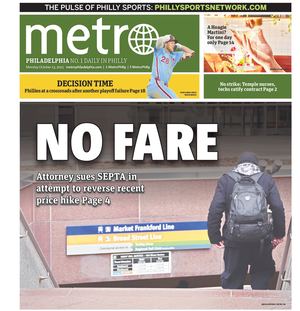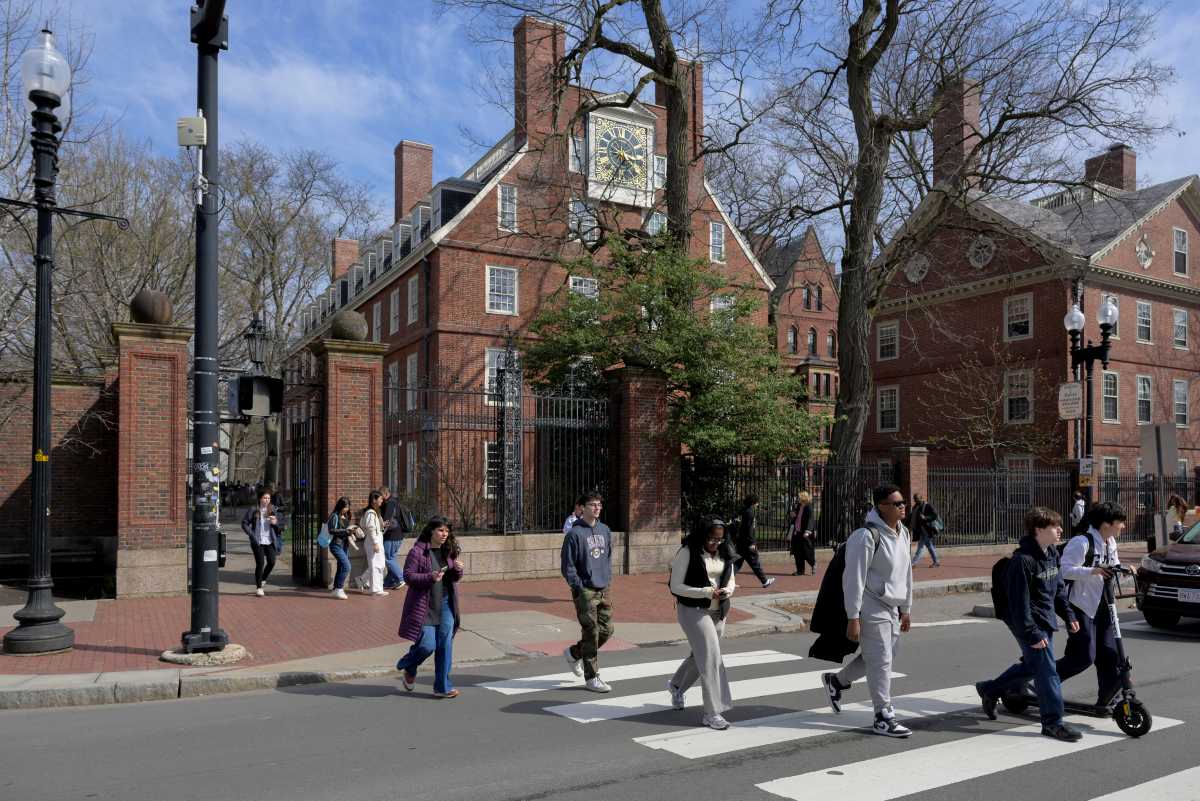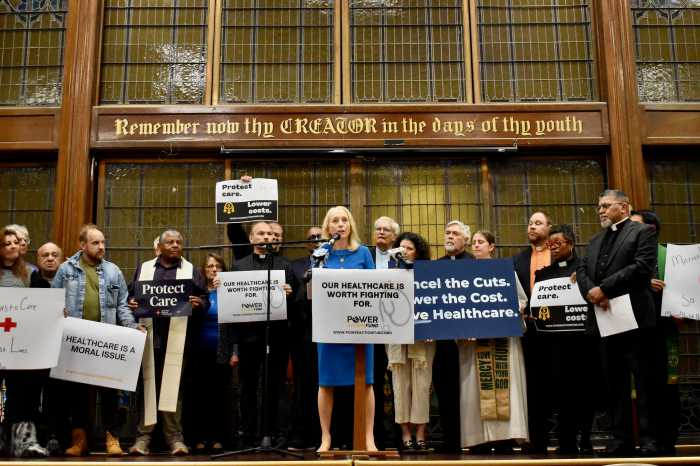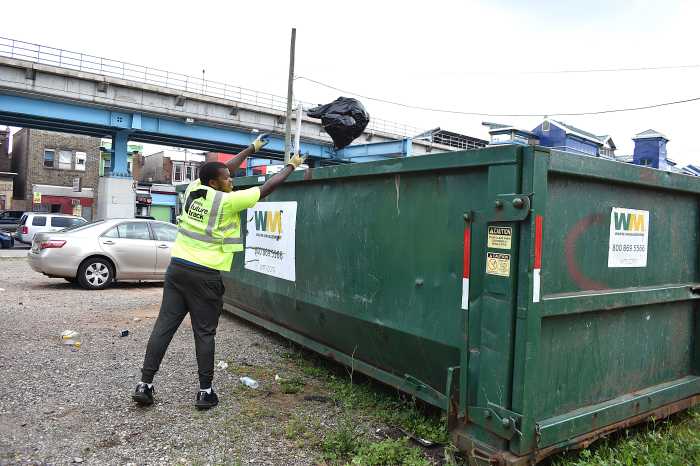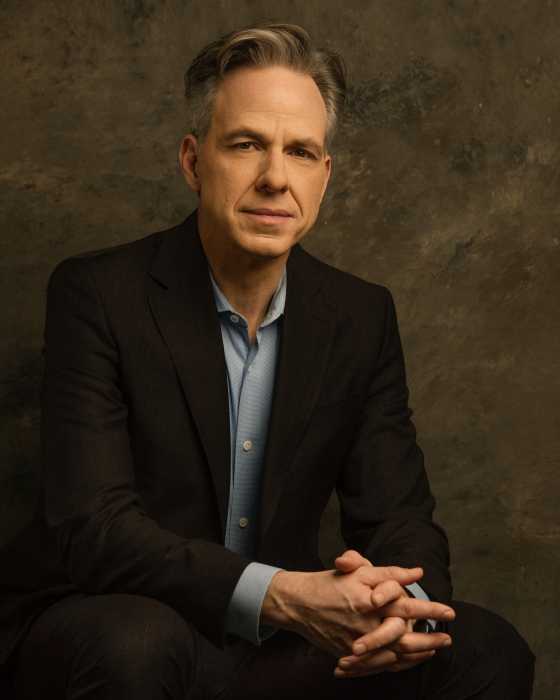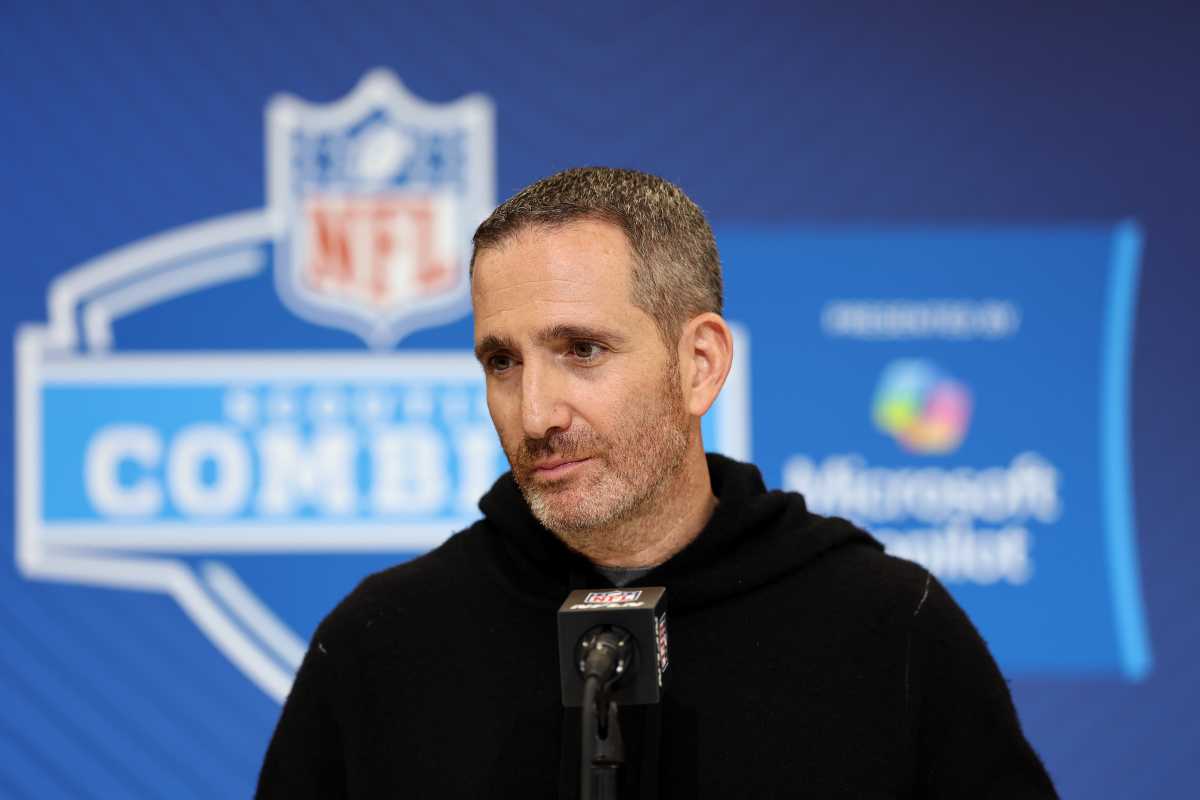A few days ago, in a move that attracted international attention, the White House threatened to strip Harvard University of $2 billion in federal funding, potentially revoke its tax-exempt status and even prevent it from enrolling international students if it didn’t capitulate to a new list of demands.
The five-page ultimatum reads like a political ransom note. It calls on Harvard to make major “governance reform” including enforcing “viewpoint diversity” in admissions and hiring, squashing diversity, equity and inclusion (DEI) initiatives, and more screening of foreign student applicants for their beliefs and reporting those who commit “conduct violations” to authorities.
Now, the White House says it was all a big misunderstanding – that the letter was “unauthorized” and that it was Harvard’s fault for not recognizing the mistake. Instead of “pick[ing] up the phone … Harvard went on a victimhood campaign,” said a senior policy strategist for Trump in the New York Times. Never mind, as Harvard noted, that the letter was signed by three federal officials and printed on official letterhead.
But the war between the White House and Harvard is far from over. Trump is likely to be in it for the long game and have many more plays to make.
On Monday, Harvard announced it was suing the Trump administration for its prior threat to axe the school’s funding – a move Harvard said would have “severe and long-lasting” effects.
Harvard’s huge $50 billion endowment gives it the ability to absorb federal spending cuts in a way that even other wealthy US universities can’t. Yet the university’s leadership still says that it would need to make draconian slashes to its research and student programming if federal cuts happened.
“We are going to choke off the money to schools that aid the Marxist assault on our American heritage and on Western civilization itself,” Trump has previously stated, hinting at his wider project to wield power over universities and significantly change the way they operate.
Part of a bigger plan
It’s not just Harvard that’s facing the heat — although as the nation’s most prestigious and high-profile university, its decisions will set the tone for the rest of the sector. More than 40 universities across the US are under investigation by the Trump administration, including for alleged illicit actions by DEI offices and charges of tolerating anti-semitism.

Another Ivy League university, Columbia in New York, for example, has caved to Trump’s demands as a precondition for restoring $400 million in federal grants, with one group alleging that the cuts constitute an existential “gun to the head”. Johns Hopkins University, in Maryland, has seen at least $800 million in federal spending cut, forcing the school to slash more than 2,000 jobs.
It’s hard to overstate the backlash. Princeton president Christopher Eisgruber has called Trump’s latest moves “the greatest threat to American universities since the Red Scare of the 1950s”. Political analyst Fareed Zakaria believes that the Trump White House is waging a version of Mao Zedong’s Cultural Revolution, when the Chinese leader took control of China’s leading universities.
“No government — regardless of which party is in power — should dictate what private universities can teach, whom they can admit and hire, and which areas of study and inquiry they can pursue,” said Harvard president Alan Garber.
Trump’s attacks on universities follow a blueprint: identify institutions seen as elite, liberal and out of touch, and undercut their legitimacy relentlessly.
The current crackdown fits a broader pattern, which includes the dismantling of the US Agency for International Development, seen as a soft target when many Americans think the country spends too much on foreign aid, and swipes at some of the nation’s top law firms, cast by Trump as part of an out-of-control, “rigged” legal system.
Perhaps the only question is why the Trump administration didn’t come after universities sooner. As CNN’s Stephen Collinson has noted: “Harvard University is such a perfect foil for Trumpism that it’s a wonder it avoided the MAGA maelstrom for so long.”
Recent campus unrest and rising concerns over anti-semitism — spotlighted by a trio of controversial congressional testimonies by the presidents of Harvard, MIT, and the University of Pennsylvania in 2023 — have provided a convenient political opening for MAGA crusaders. However, Trump’s latest tirade almost certainly has less to do with principle than political opportunity.
Recent polling from Gallup shows that trust in higher education has plummeted since roughly the first time Trump ran for president. In 2015, 57% of Americans possessed “a great deal” or “quite a lot” of confidence in higher education. Today, that number is just 36%. For Republicans, those numbers have dropped even more sharply, from 56% to 20%.
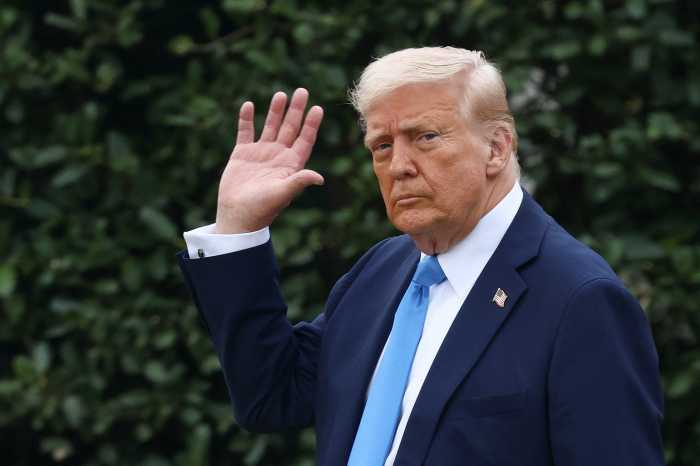
There’s plenty of speculation about what’s driving these figures, but most are inextricably linked to partisan politics. Harvard Law School’s Jack Goldsmith and Adrian Vermeuele say that elite colleges have made it easy for conservatives to dislike them, and should reflect on why.
Critiques of academia include accusations that faculties and student bodies tilt far to the left. At Harvard, for example, just 3% of professors identify as conservative, and 13% of recent graduates.
These charges coincide with allegations of illiberal student “mobs” who shout down and heckle speakers and refuse to allow dissenting opinions. According to the Foundation for Individual Rights and Expression, for instance, Harvard is at the bottom of the table – scoring zero out of 100 – in its annual college free speech ranking.
Adding to the controversy are claims that DEI offices have gone “too far” in inculcating a “oppressor-oppressed” mentality on campuses. The Trump administration views universities as ground-zero of the broader DEI trend that proliferated in the public and private sector during the Biden years.
Declining trust in universities has doubtlessly been exacerbated by MAGA rhetoric. Before being elected, Vice-President J.D. Vance announced that “the professors are the enemy”. Marc Lampkin, a longtime Republican strategist, said that “Republicans believe that … universities are the training ground for left, progressive camps”.
That Harvard sits on a $50 billion endowment, even as it takes advantage of tax benefits as a nonprofit, strikes many in the Trump camp as unfair.
The clash between Harvard and the White House is laying the groundwork for a high-stakes showdown, pitting academia’s defenders against the Magaverse. Yet it’s possible to believe two things at once: that universities do suffer from some, even many, of the ailments that Trump has alleged; and that Trump’s onslaught against higher education is strategically misguided, politically motivated and aimed at putting universities under the president’s thumb.
